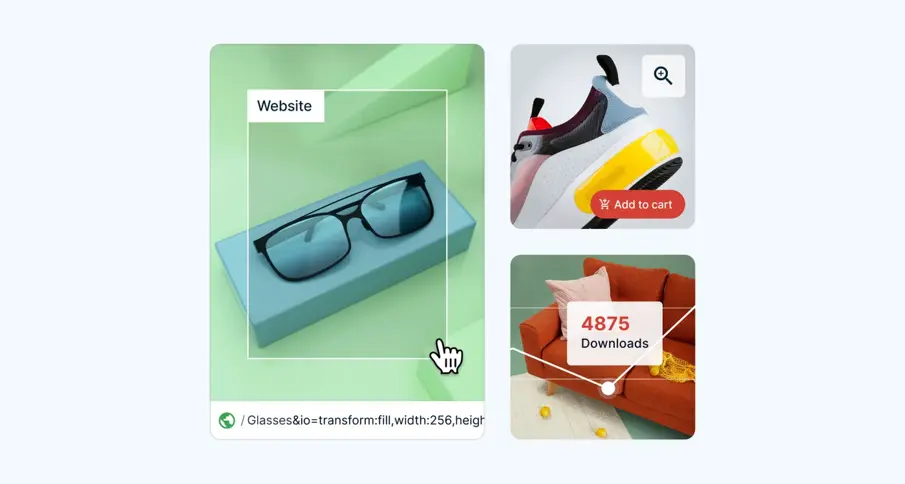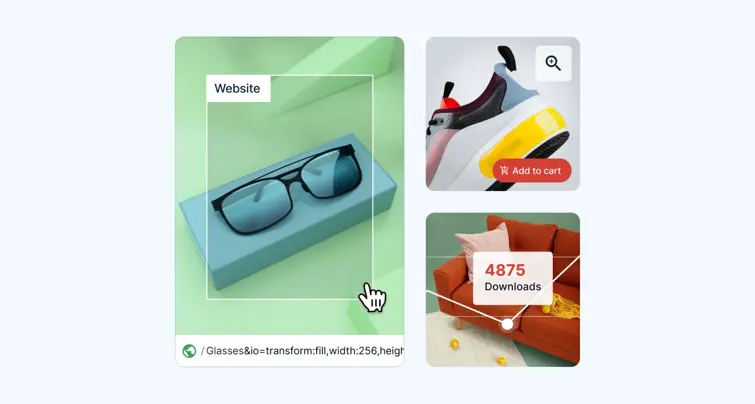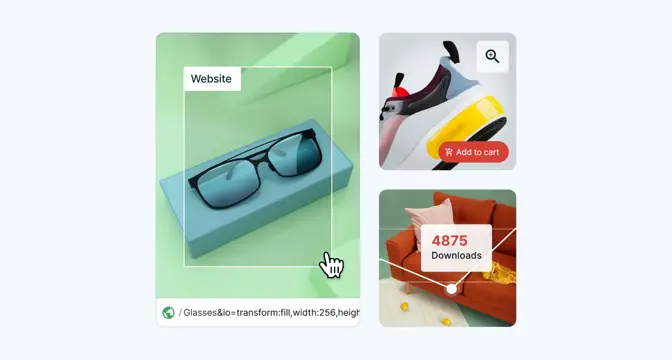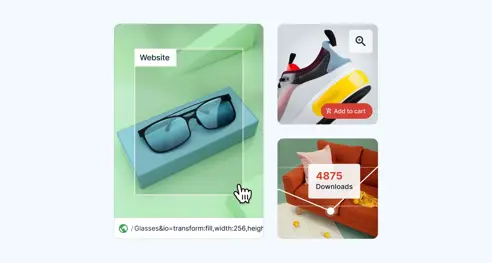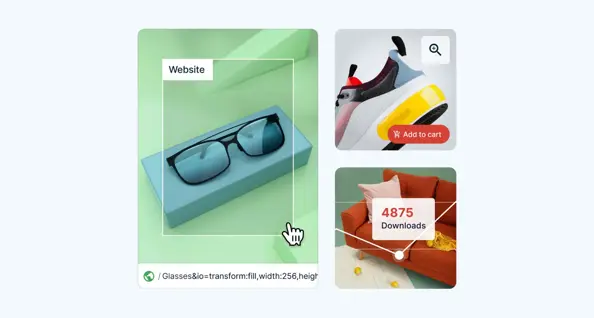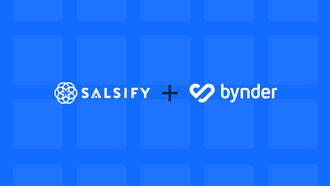Today’s consumer brands are faced with the challenge of delivering consistent content experiences across an increasing number of touchpoints: websites and apps, e-commerce platforms, retail channels, TV ads, social media—and much more.
Many enterprise brands are struggling to cope with the sheer demand of content required to deliver relevant and unified content experiences across the growing number of digital channels. Whether this content is produced internally or externally, effective cross-team collaboration and the ability to scale up content production are paramount in order to launch marketing campaigns effectively and on time.
In this article, we'll dive into how Digital Asset Management (DAM) empowers consumer brands to create consistent content experiences, along with real-world examples. First, let's define what we mean when we say content experiences.
What is a content experience?
Much more than a specific piece of content you might share with a prospect, the content experience encompasses all of the marketing interactions a buyer has with a brand. Its aim is to improve customer engagement, increase revenue, and create alignment.
In short, a content experience is the ability a brand has to continuously deliver the right content, to the right place, at the right time, and to the right people—anticipating their needs and driving engagement.
To achieve this, brands need a solid strategy and the appropriate system of record for content at the heart of their digital ecosystem to create relevant and contextualized content at scale, bring it to market in a timely manner, and distribute it seamlessly to end-user touchpoints.
For marketers, the bigger concern isn’t just keeping up with demand for engaging, on-brand content experiences; it’s reaching audiences on increasingly congested digital channels.
Read on to see how companies like Britvic, Bowflex, and Edrington gained a competitive advantage by using a Digital Asset Management (DAM) platform to deliver content experiences that keep customers engaged.
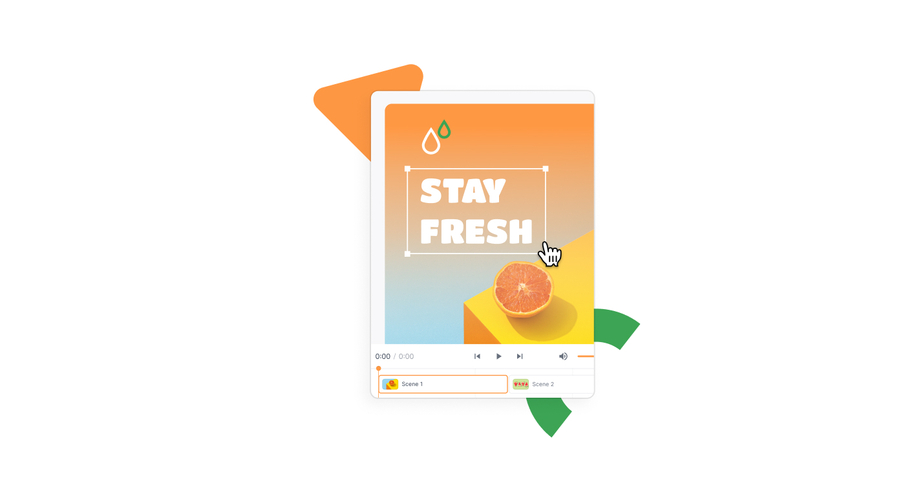
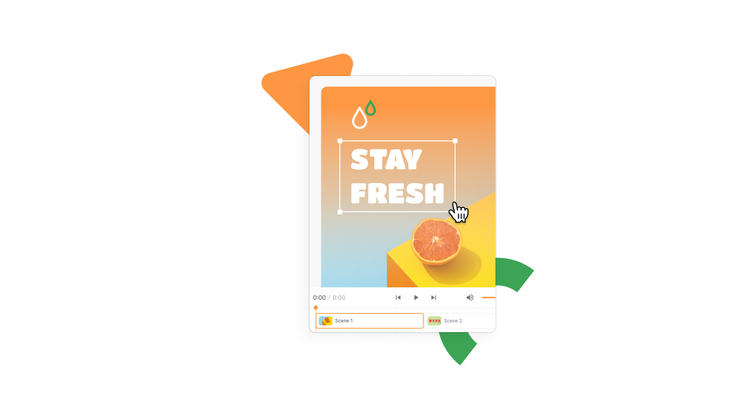
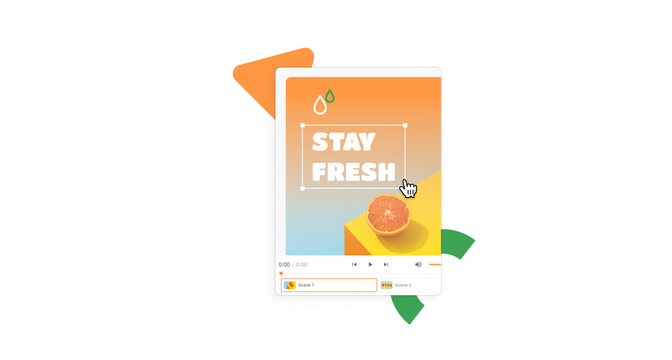
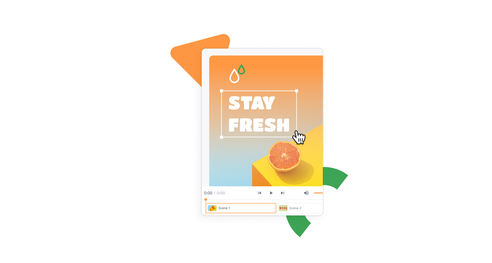

Some DAM answers for how consumer brands solved these challenges
Let’s dig a bit deeper by examining what current Bynder customers have to say or what they have done about the biggest (and most common) problems facing consumer brands today.
How can consumer brands ensure brand consistency with multi-brand global asset libraries?
Your brand is your most important asset—that goes without saying. That's why you need a complete overview of what content is available within your asset library to develop marketing and content experience strategies, manage budgets, and safeguard brand identity.
Things can quickly get messy when multiple brands coexist within the same organization. Some of the most relatable setbacks marketers face regularly include:
- Large amount of assets stored heaven knows where
- Lost and wrong assets use
- Inconsistent brand execution in channels
- Pressure on budgets and delivery
- Too many projects, too many teams, too many stakeholders
Relying on a DAM to gain control over brand collateral allows marketers to streamline creative workflows, break down silos, and increase ROI on assets used and reused. Additionally, DAM platforms with AI-powered search functionalities allow marketers to discover the right assets for their campaigns or product pages in seconds.
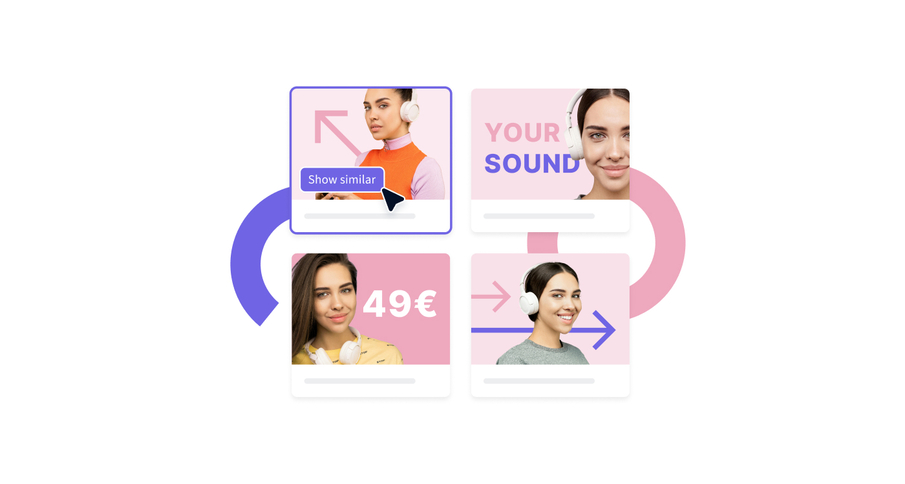
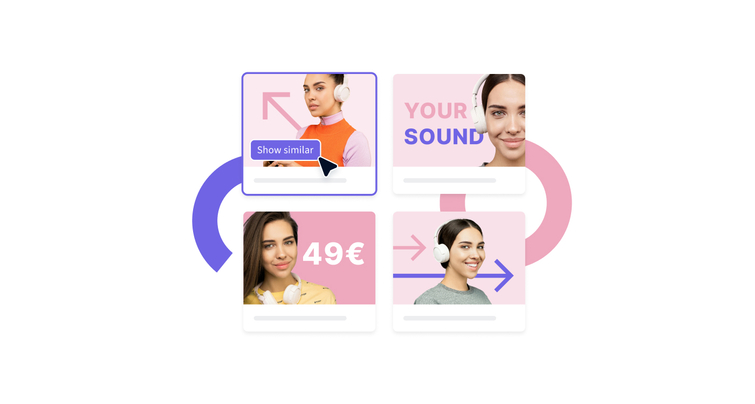


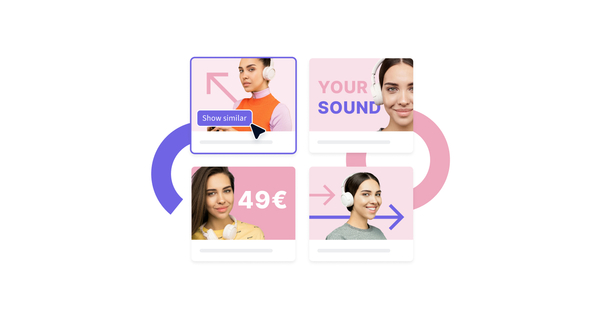
Britvic, the largest supplier of branded still soft drinks, has numerous brands across many different markets. This means multiple file types and content produced for the global market and individual markets. Best practices learned from Britvic to only deliver the right content to the right people include:
- Hiring a dedicated marketing resource to help manage the DAM.
- Ensuring navigation of the brand portal compensates for many different user journeys and paths (multiple brands, multiple markets, multiple content types).
- Because of the high volume of assets, tagging is of paramount importance so that users can easily find what they need with a few clicks.
Their mantra? "Right place, right time, right asset."
The number of assets we create is an enormous figure, so we need to make sure we manage this process efficiently, while also ensuring that we have a platform that allows us to reuse content—not only across brands, but across markets.Jonathan Ansell
Digital B2B lead at Britvic





Group SEB, a world leader in small domestic equipment, solved their multi-brand content chaos with DAM as well. With around thirty different brands to manage, they needed a DAM solution that could scale with their asset volume and rapid growth.
Key needs for Group SEB included:
- Synchronization: Data had to be synchronized in real time from the Group's digital asset management portal to its Product Information Management (PIM) solution.
- Collaboration: Design agencies that collaborated with Groupe SEB required easy access to their DAM portal to upload and share visuals.
- Centralization: Groupe SEB employees needed to get on the same page to store, organize, and share all of their content in just a few clicks.
Bynder makes it possible to import, search, view and share all content of the Groupe SEB brands in a few clicks. This tool is at the heart of our digital acceleration, helping each user to easily access the media and product lines they need.Serge Miard
Head of Digital Marketing & e-commerce at Groupe SEB
How can consumer brands ensure the smooth delivery of personalized brand experiences across channels and touchpoints?
In the digital-first world, it is paramount to reach consumers quickly and right where they are—usually on their phones and laptops. Organizations relying on more traditional channels to communicate with their customers have found that reconsidering their online presence and claiming more digital real estate pays off.





Nautilus was set up over 40 years ago with the mission to help people live healthier lives. They began operations as a single entity, but over the years, they have evolved into a diverse family of brands, including their renowned Bowflex.
Bowflex had to connect with its customers at home to promote its new connected fitness model. They needed to reposition the brand from TV to the web and to social media.
At Bowflex, they know that the key to social media success isn't just reaching a certain amount of people, it's about offering relatable creative content that creates trust and engagement. Bynder allows Bowflex to create consistent content experiences that drive brand trust. All content is easily accessible at the right time and by the right people across all digital touchpoints while increasing loyalty to the brand.
We have a ton of content we need to make and Bynder plays a key part in all of that as every single market channel requires new content; from TV to the website, emails, and, obviously, social media.Michael Robinson
Creative Director at Nautilus





Known for their dried fruit and their juices, Sunsweet Growers market their products across 11 different markets in 45 countries.
One of the most significant findings from their DAM story is the sheer reduction in manual tasks (hours spent managing agency creative, monitoring which assets are being used, etc.)
This way, the team was able to focus more on the fun stuff—the strategy behind the creative and the content, which, quite frankly, is what most of us would rather be doing these days!
As a result of unifying their brand under one digital roof, they stepped up their social media marketing, increased impressions by 18%, and lowered their CPI (cost per impression) by 15%!
Social media has become an increased area of importance for our marketing; it unified our message across international markets, reduced our risk, and created efficiency as well. Our cost per impression decreased, and our engaged users increased by 39%. Just having this preset library of assets created consumer engagement.Stephanie Harralson
Director of Marketing for North America at Sunsweet Growers
How can consumer brands transition to e-commerce efficiently to meet customers where they are?
Leading DAM solutions sit at the center of a connected martech ecosystem, enabling the seamless delivery of content across a network of integrated platforms. For consumer brands, this means connecting the DAM to an e-commerce platform, product information management (PIM) solution, or content management system (CMS).
A highly connectable DAM enables enterprise brands to drive digital experiences, automate processes, ensure brand consistency, and get content to market faster. As a result, brands can deliver consistent, omnichannel experiences to improve the buyer journey and brand loyalty.





Humanscale is an award-winning manufacturer of ergonomic work tools and office furniture. By bringing on a whole new product line and product distribution channel, their marketing team utilized their DAM system to quickly switch from an in-person to an e-commerce business model in only two weeks.
Thanks to a DAM system that integrates with all other tools in their tech stack—including PIM to enrich assets with product information and populate e-markets automatically—Humanscale have quickly expanded their e-commerce business model to include D2C. At the same time, technology like Dynamic Asset Transformation unlocks the true potential of their web pages by boosting load speeds and SEO ranks with data-saving asset optimization.
Our e-commerce platform has grown over 200% in a year and is really becoming a core part of our go-to-market strategy.Leena Jain
CMO at Humanscale
How can consumer brands work more efficiently with internal and external stakeholders?
Raise your hand if you're painfully familiar with the trials and tribulations of working with internal and external stakeholders 🙋. Whether you're working with an external creative agency, trying to empower your ever-so-important network of resellers, or managing where you share info about your products with the press, things do get in the way.
These include not being able to share assets easily or not knowing who has access to your assets. Perhaps more importantly, you must ensure partner execution is always on-brand.
A digital asset management system like Bynder's helps multi-brand companies gain a competitive advantage on three fundamental levels:
- Operational - An enterprise-wide system of record for content allows companies to reduce spend and gain efficiencies by consolidating platforms across their martech stack and enabling self-serve on assets.
- Functional - Entire marketing, creative, and/or brand teams evolve how they work, improving collaboration and increasing speed of execution. This enables enterprise companies to reduce time to market while maximizing digital investments they’ve already made.
- Strategic - Orchestrating the entire content lifecycle through Bynder—from content creation to downstream delivery to customer-facing platforms—results in brands increasing their performance and gaining a competitive advantage.
Our team uses the Collections feature every day to distribute assets to both colleagues and partners. We can send out materials to our distributors without them needing to be a user, saving all that time we used to spend uploading and forwarding via email.Stefanie Cools
Management Assistant at Alpro
DAM is the foundation for content experiences
Digital asset management is a foundation for all your other digital strategies and digital transformation initiatives to grow upon, ultimately enabling you to create exceptional content experiences. Companies like Edrington, the international spirits company, recognize that in today’s market, technology solutions need to scale with you as your business grows. Simply having a DAM repository is not enough. You need a DAM platform that will grow with you as your business evolves and new digital touchpoints become available.
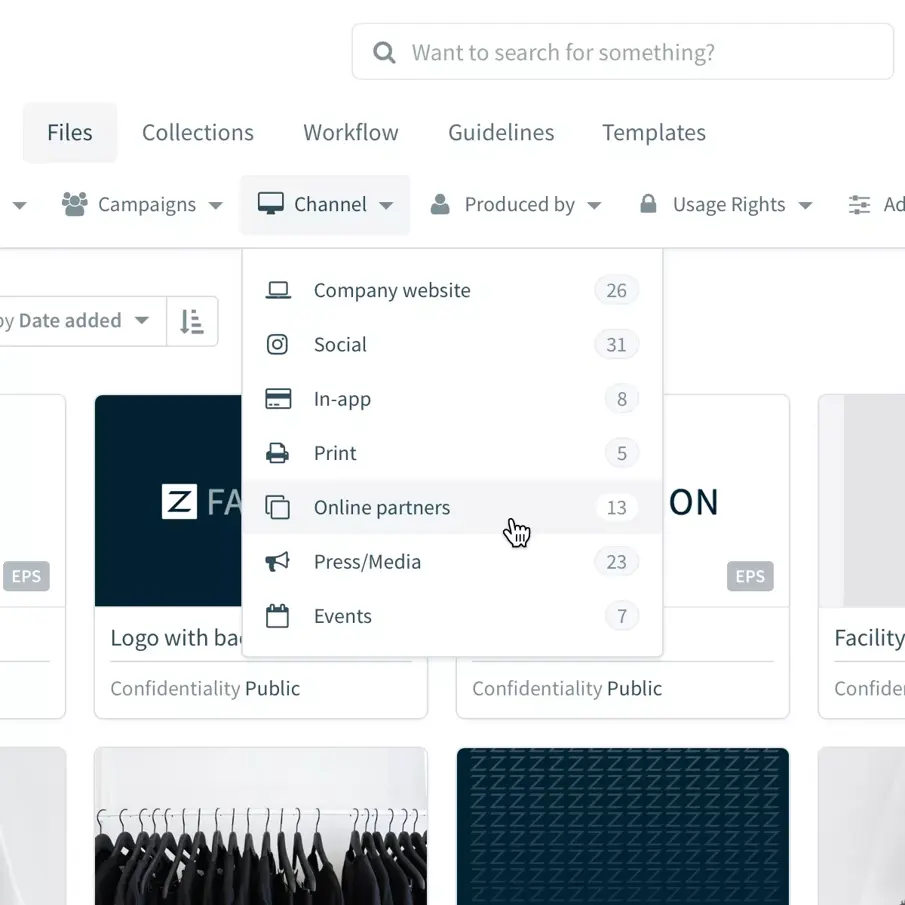
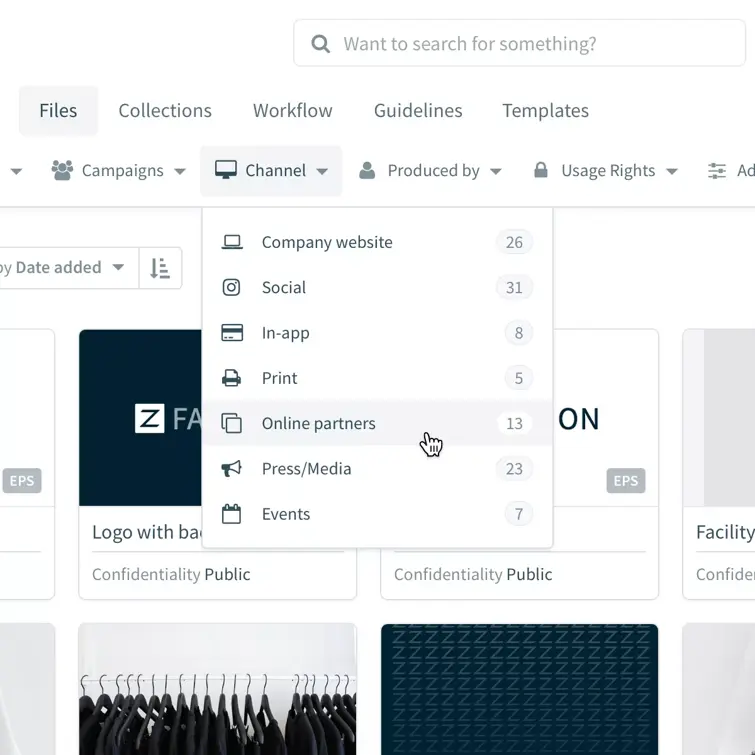
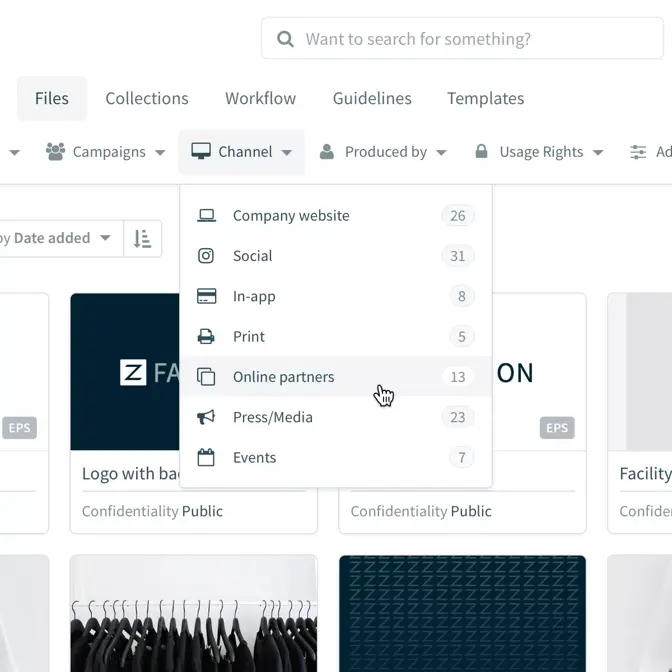
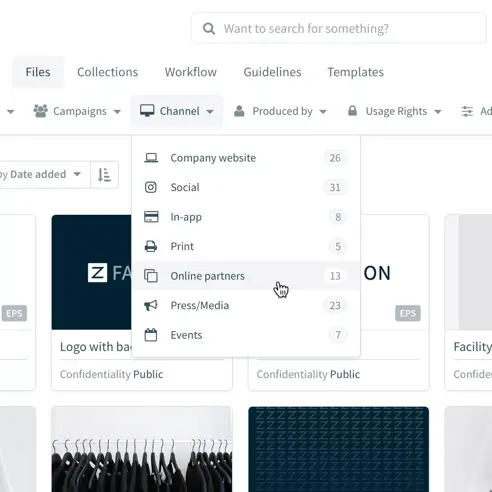
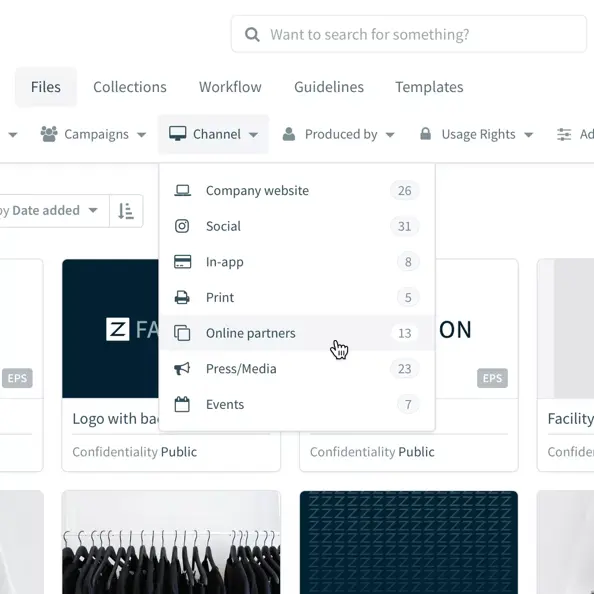
Following the implementation of Bynder, it is apparent that this solution, above others, provides a reliable and sustainable technology. A resilient and scalable system, it is robust and expandable enough to meet Edrington’s global footprint.Joy Kelso
Commercial Brand Development Executive at Edrington
The bottom line
Marketers everywhere agree that customer expectations for consistent experiences across multiple touch-points are driving their digital strategies. Their need is to deliver experiences that are consistently on-brand, executed with speed and agility, easy to scale and distribute, and always, always, always relevant to the customer.
But digital strategies alone fall short without a solid digital infrastructure able to deliver all of the above while reacting to market changes and setting the stage for future growth.
As we've seen, a digital asset management system like Bynder's has helped global companies everywhere tackle the inefficiencies that stand between consumer brands and their customers—with almost immediate benefits in terms of ROI.
These companies were able to safeguard brand consistency, improve collaboration and team enablement, change route-to-market, and increase efficiencies in marketing operations thanks to a single DAM platform serving as a system of record for content at the heart of their connected digital ecosystem.
Download our guide to see how Bynder's DAM platform can help consumer brands tame the volume, variety, and velocity of content while maintaining brand consistency.
